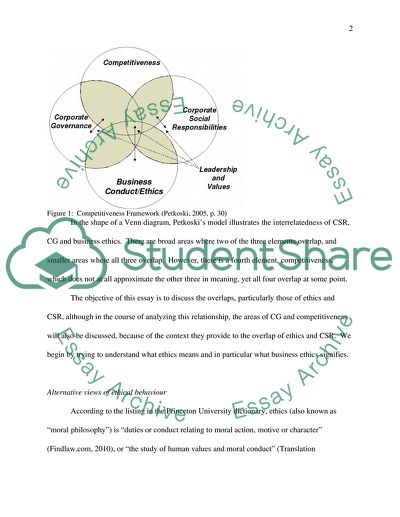Cite this document
(Corporate Governance and Corporate Social Responsibility Essay - 1, n.d.)
Corporate Governance and Corporate Social Responsibility Essay - 1. Retrieved from https://studentshare.org/social-science/1745487-corporate-social-responsibility
Corporate Governance and Corporate Social Responsibility Essay - 1. Retrieved from https://studentshare.org/social-science/1745487-corporate-social-responsibility
(Corporate Governance and Corporate Social Responsibility Essay - 1)
Corporate Governance and Corporate Social Responsibility Essay - 1. https://studentshare.org/social-science/1745487-corporate-social-responsibility.
Corporate Governance and Corporate Social Responsibility Essay - 1. https://studentshare.org/social-science/1745487-corporate-social-responsibility.
“Corporate Governance and Corporate Social Responsibility Essay - 1”, n.d. https://studentshare.org/social-science/1745487-corporate-social-responsibility.


